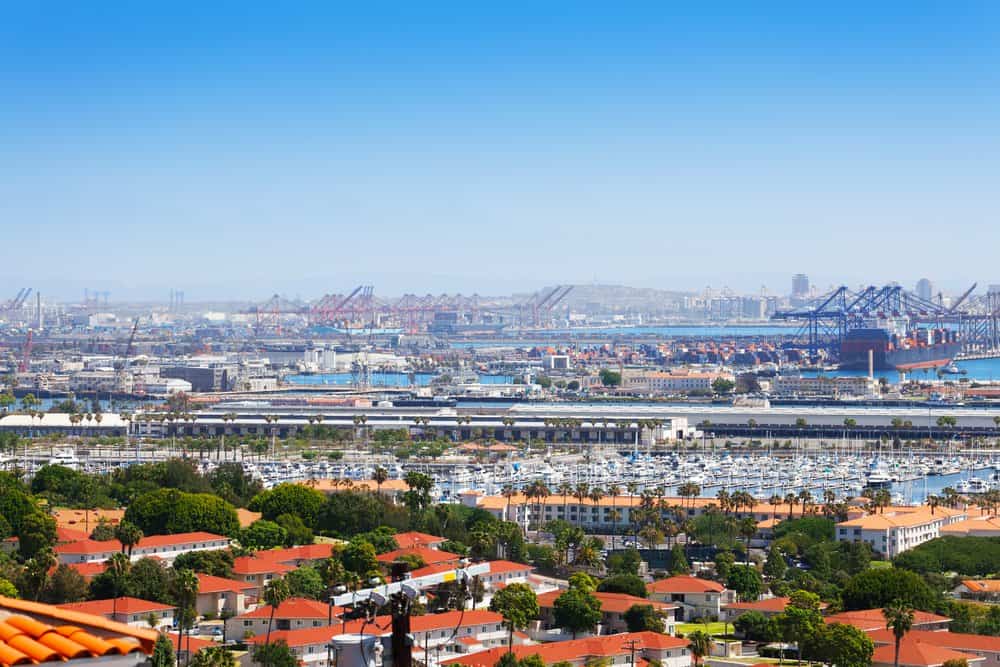Ports within California have been achieving emission reduction goals ahead of schedule, showcasing an objective that many other North American ports want to reach due to record-breaking cargo volumes being accomplished this year.
It is a clear path that demonstrates that the cost of clean air does not affect negatively cargo owners from shipping. The ports located in Oakland, Long Beach, and Los Angeles have decreased their diesel particulate emissions, health risks, greenhouse gas emissions, harbor craft, and cargo-handling equipment, a study conducted by outside consultants shows.
Cargo handling costs are very important to cargo owners as they look to reduce expenses due to raising tariffs imposed by the U.S. Government. As per PIERS, in 2017, the Port of Los Angeles remained the main gateway for U.S. imports from Asia, followed by the Port of Long Beach, and the Port of Oakland as the fifth major gateway. All three ports set records for total container volume.
North America has set very strict pollution standards, and all ports have been establishing clean-air plans that will not only meet standards, but surpass them in efficiency.
Some ports are even making some voluntary regulations mandatory. Vessel operators are required to reduce speed when approaching ports to reduce emissions, many container ships must operate on electrical power once berthing, and truckers must meet strict requirements that mandate them to operate only low-emission vehicles when accessing marine terminals. Additionally, railroads have been operating low-emission locomotives, the cranes used by terminal operators have been modified to use electrical power, and low-emission tractors are being implemented into fleets.
The effects of pollution reduction efforts have been clear and drastic.
Los Angeles reported a 60% reduction in nitrogen oxides since 2005. Greenhouse gases were 30% lower. Long Beach reported an 88% reduction in Diesel Particulate Emissions, and an 18% reduction in greenhouse gases. Oakland reported an 88% reduction in Diesel Particulate Emissions, per what 2017 inventories show.
All three California ports have stated that they were able to reach these goals even after handling record cargo volumes.
Los Angeles handled 9.34 million import, export, and empty containers, an increase of 5.5% since 2016, as per statistics provided by the port. Long Beach handled 7.54 million TEUs, an increase of 11.4% over 2016, while Oakland managed 2.24 million, an increase of 2.2% year-over-year.
While the goals set by their local mayors and city councils are very promising, the three major California ports have set goals for zero emissions in areas that can be entirely electrified, and near-zero emissions via cleaner fuels when electrification is not reachable. The target dates set by the ports fall between 2030 and 2035, but given how fast these reductions have been reached so far, they have no doubt their goal will be reached even sooner.




